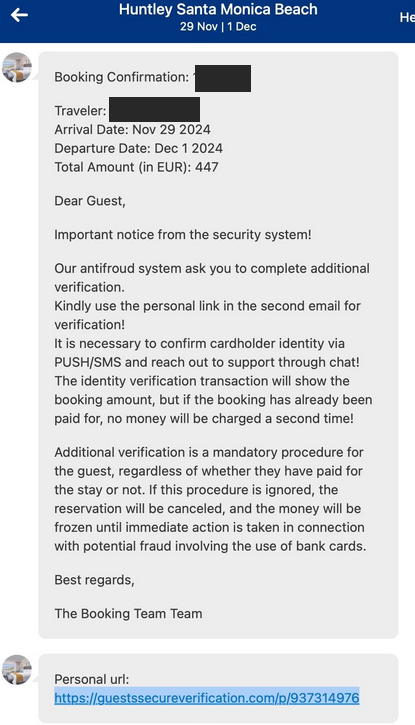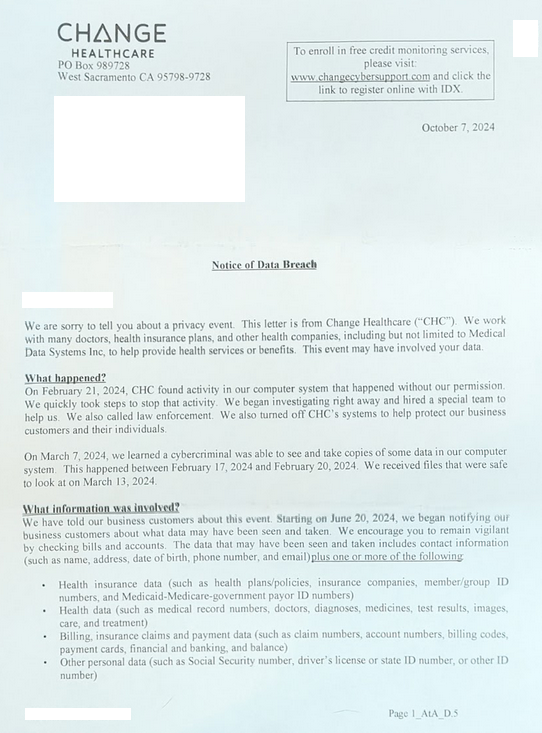BOOK THIS SPACE FOR AD
ARTICLE ADMicrosoft today released updates to plug at least 110 security holes in its Windows operating systems and other products. The patches include four security fixes for Microsoft Exchange Server — the same systems that have been besieged by attacks on four separate (and zero-day) bugs in the email software over the past month. Redmond also patched a Windows flaw that is actively being exploited in the wild.

Nineteen of the vulnerabilities fixed this month earned Microsoft’s most-dire “Critical” label, meaning they could be used by malware or malcontents to seize remote control over vulnerable Windows systems without any help from users.
Microsoft released updates to fix four more flaws in Exchange Server versions 2013-2019 (CVE-2021-28480, CVE-2021-28481, CVE-2021-28482, CVE-2021-28483). Interestingly, all four were reported by the U.S. National Security Agency, although Microsoft says it also found two of the bugs internally. A Microsoft blog post published along with today’s patches urges Exchange Server users to make patching their systems a top priority.
Satnam Narang, staff research engineer at Tenable, said these vulnerabilities have been rated ‘Exploitation More Likely’ using Microsoft’s Exploitability Index.
“Two of the four vulnerabilities (CVE-2021-28480, CVE-2021-28481) are pre-authentication, meaning an attacker does not need to authenticate to the vulnerable Exchange server to exploit the flaw,” Narang said. “With the intense interest in Exchange Server since last month, it is crucial that organizations apply these Exchange Server patches immediately.”
Also patched today was a vulnerability in Windows (CVE-2021-28310) that’s being exploited in active attacks already. The flaw allows an attacker to elevate their privileges on a target system.
“This does mean that they will either need to log on to a system or trick a legitimate user into running the code on their behalf,” said Dustin Childs of Trend Micro. “Considering who is listed as discovering this bug, it is probably being used in malware. Bugs of this nature are typically combined with other bugs, such as browser bug of PDF exploit, to take over a system.”
In a technical writeup on what they’ve observed since finding and reporting attacks on CVE-2021-28310, researchers at Kaspersky Lab noted the exploit they saw was likely used together with other browser exploits to escape “sandbox” protections of the browser.
“Unfortunately, we weren’t able to capture a full chain, so we don’t know if the exploit is used with another browser zero-day, or coupled with known, patched vulnerabilities,” Kaspersky’s researchers wrote.
Allan Laska, senior security architect at Recorded Future, notes that there are several remote code execution vulnerabilities in Microsoft Office products released this month as well. CVE-2021-28454 and CVE-2021-28451 involve Excel, while CVE-2021-28453 is in Microsoft Word and CVE-2021-28449 is in Microsoft Office. All four vulnerabilities are labeled by Microsoft as “Important” (not quite as bad as “Critical”). These vulnerabilities impact all versions of their respective products, including Office 365.
Other Microsoft products that got security updates this month include Edge (Chromium-based), Azure and Azure DevOps Server, SharePoint Server, Hyper-V, Team Foundation Server, and Visual Studio.
Separately, Adobe has released security updates for Photoshop, Digital Editions, RoboHelp, and Bridge.
It’s a good idea for Windows users to get in the habit of updating at least once a month, but for regular users (read: not enterprises) it’s usually safe to wait a few days until after the patches are released, so that Microsoft has time to iron out any kinks in the new armor.
But before you update, please make sure you have backed up your system and/or important files. It’s not uncommon for a Windows update package to hose one’s system or prevent it from booting properly, and some updates have been known to erase or corrupt files.
So do yourself a favor and backup before installing any patches. Windows 10 even has some built-in tools to help you do that, either on a per-file/folder basis or by making a complete and bootable copy of your hard drive all at once.
And if you wish to ensure Windows has been set to pause updating so you can back up your files and/or system before the operating system decides to reboot and install patches on its own schedule, see this guide.
As always, if you experience glitches or problems installing any of these patches this month, please consider leaving a comment about it below; there’s a better-than-even chance other readers have experienced the same and may chime in here with some helpful tips.
.png)















 Bengali (Bangladesh) ·
Bengali (Bangladesh) ·  English (United States) ·
English (United States) ·